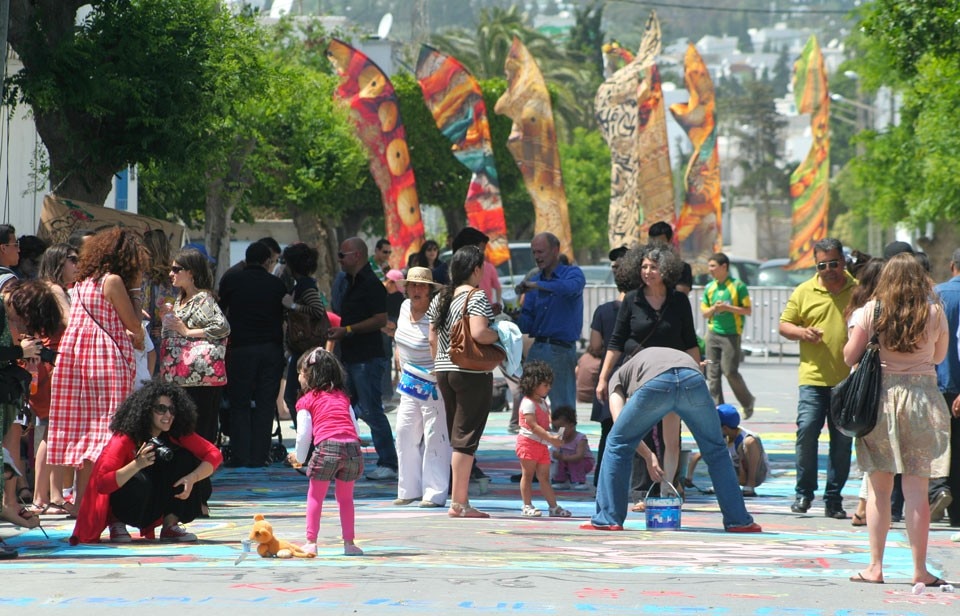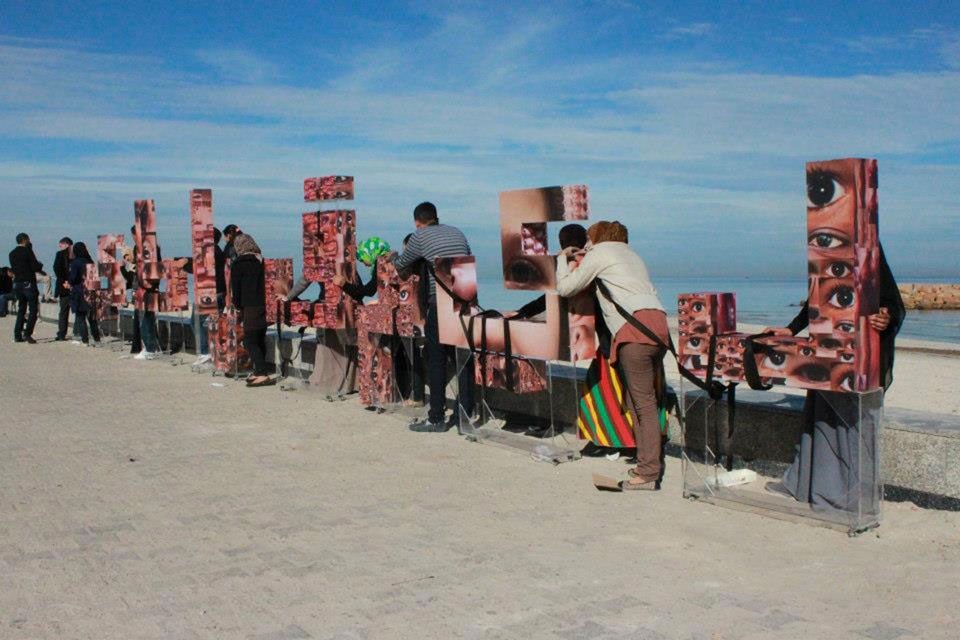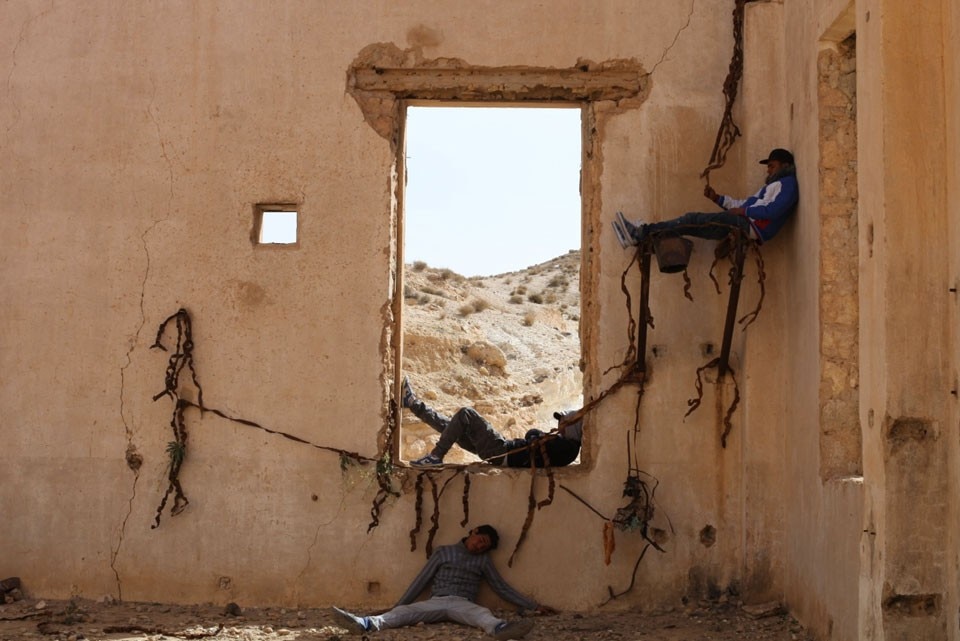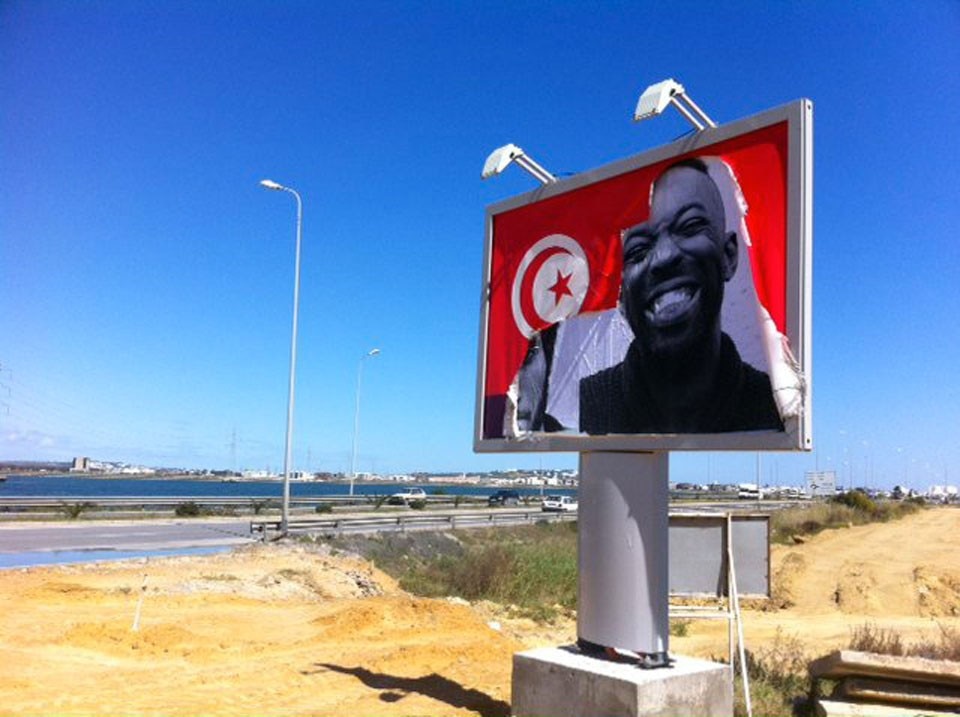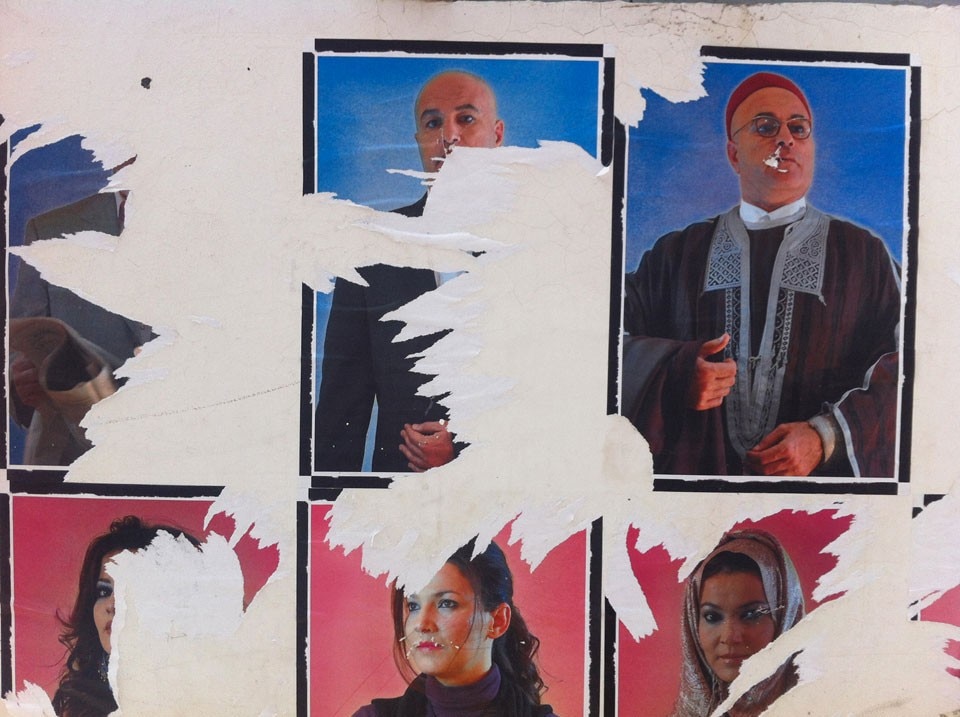In December 2010, Mohamed Bouazizi — a young, unemployed graduate forced to work as a street vendor to survive — set himself on fire in front of Sidi Bouzid’s government buildings, as a form of protest following the apprehension of his merchandise. This is how the revolution began in Tunisia; and in this moment, the aspiration for a better future ceased to be a private matter and became a political idea, expressed in the urban space.
Many images of the Tunisian Revolution feature Avenue Bourghiba: a café-lined street and a preferred location for an evening stroll, which became a stage for demonstrations and clashes. The avenue has extra symbolism since it leads to the Carthage archaeological site, and is the main crossing of the colonial quarter, where the Ministry of the Interior and the French Embassy are located.
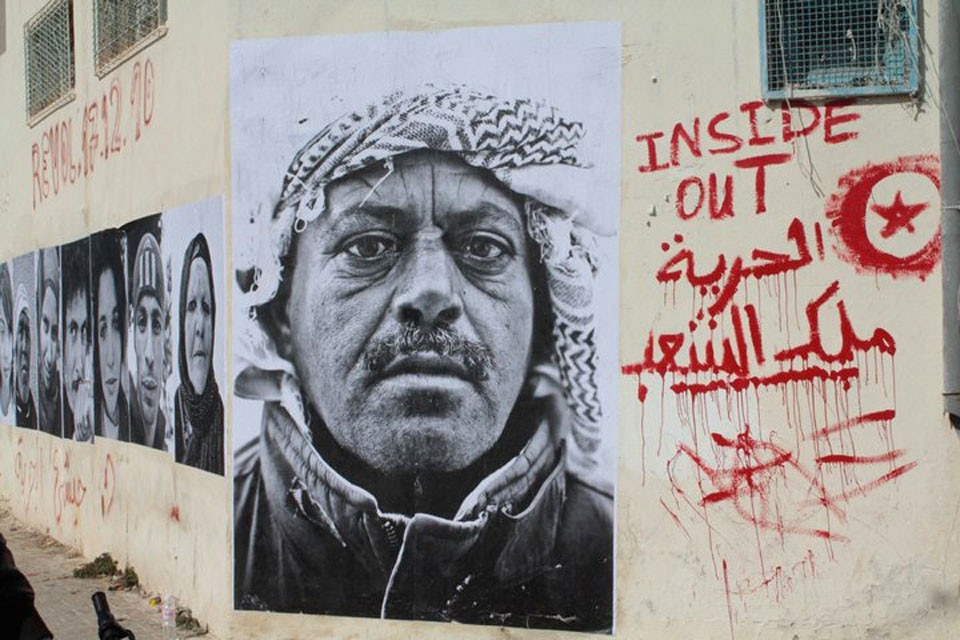
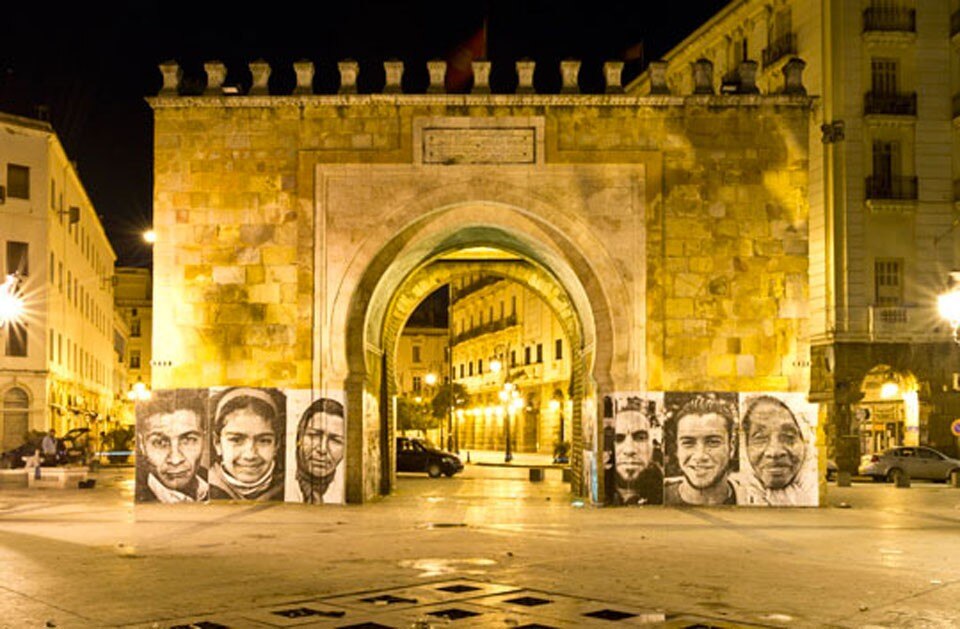
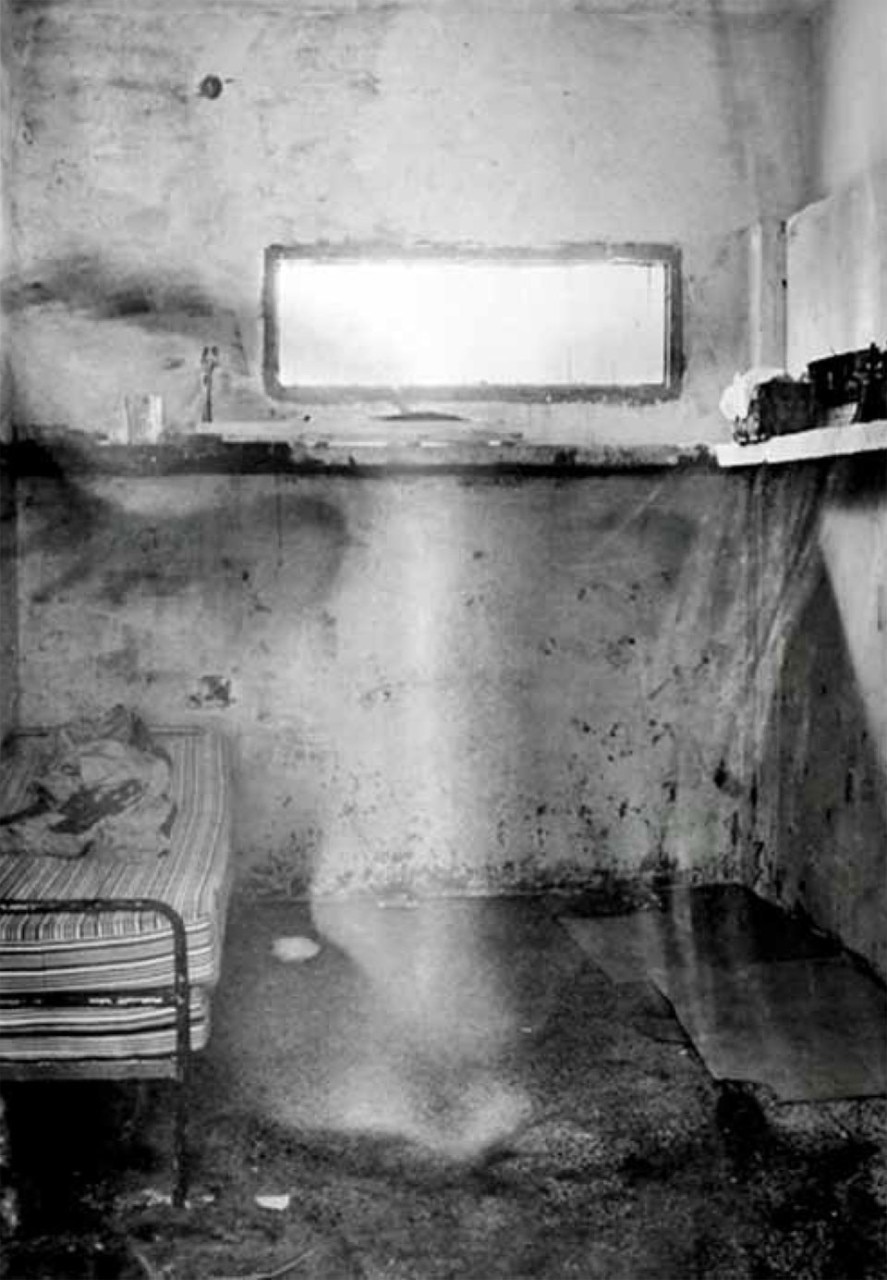
Despite its notoriety, DreamCity is not the only art festival in Tunisia to take place in public space. After the revolution, different projects have been developed that have viewed the public space and collective arena as territory for artistic exploration.
Far from the urban centres, the work promoted by the Ouissi brothers with the project Laaroussa (“doll” in Berber) has reinterpreted the local identity through contemporary artistic languages. Starting in 2011 in the Berber village of Sejnane, where the women — following a thousand-year old tradition — produce painted ceramic objects and statues, Laaroussa has led to the creation of a collective made up of around sixty women and ten artists. Their aim is to reinterpret the artisan tradition through contemporary art. Despite its notoriety, DreamCity is not the only art festival in Tunisia to take place in public space. After the revolution, different projects have been developed that have viewed the public space and collective arena as territory for artistic exploration.
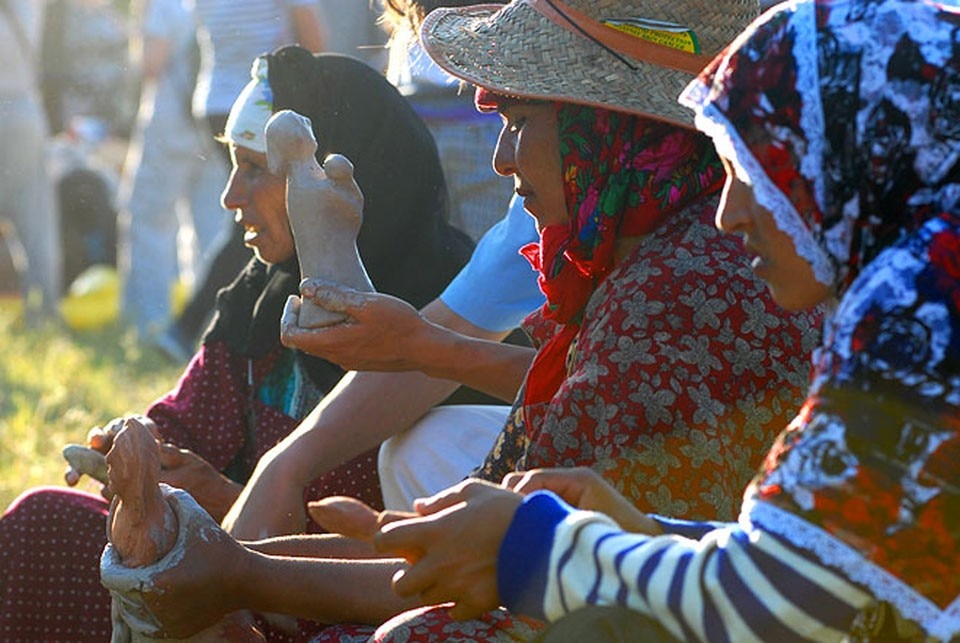
In March 2011, as part of the project Inside Out, French photographer JR and Tunisian photographers Sophia Baraket, Rania Dourai, Wissal Dargueche, Aziz Tnani, Hichem Driss and Hela Ammar developed Artocratie en Tunisie. They toured the country creating 100 portraits of men and women who represent the diversity of the population; the works have been set up at symbolic points around the streets of Tunis.
In some cases, the project has been met with opposition. At La Goulette, for example, the portraits were glued up in the place where, before the revolution, the image of the now-deposed president Ben Ali had been. The photos were torn down because the people there, after having suffered the imposition of the ruler’s face in every urban space, did not want to see new faces on their walls (not even the faces of normal people!).
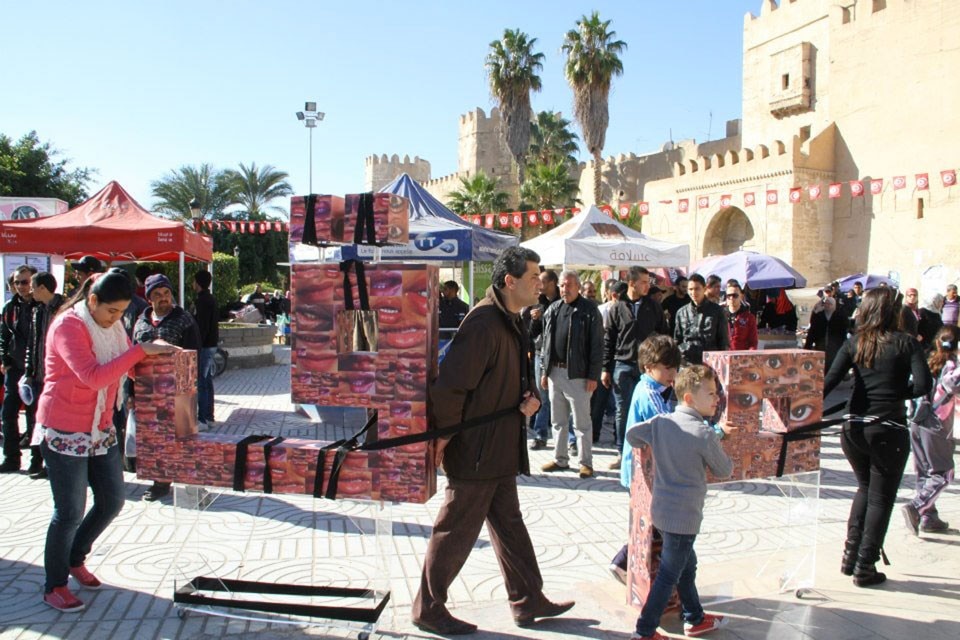
The recent debate on freedom of expression and, in particular, on graffiti demonstrates that the public space is now no longer seen as somewhere to assert popular rights, but is becoming — increasingly — an arena for new forms of expression. Moving in this direction are small initiatives like Tsaw’Art, organised by Michela Sarti and Lassad Ben Abdallah, marking the centenary of the Mairie at La Marsa, a coastal town near Tunis that is a favourite with artists and intellectuals.
With its slogan “la rue aux artistes” [“the street to the artists”], this grass-roots initiative has involved artists, painters, poets, acrobats, dancers, musicians, photographers, sculptors, pedestrians and the curious, fusing the political dimension of the public space with the joyful one of art. The town authorities authorised the event and even this represents a step forward since, after the revolution, it has no longer been necessary to wait for the approval of the state censors before staging a street event.
